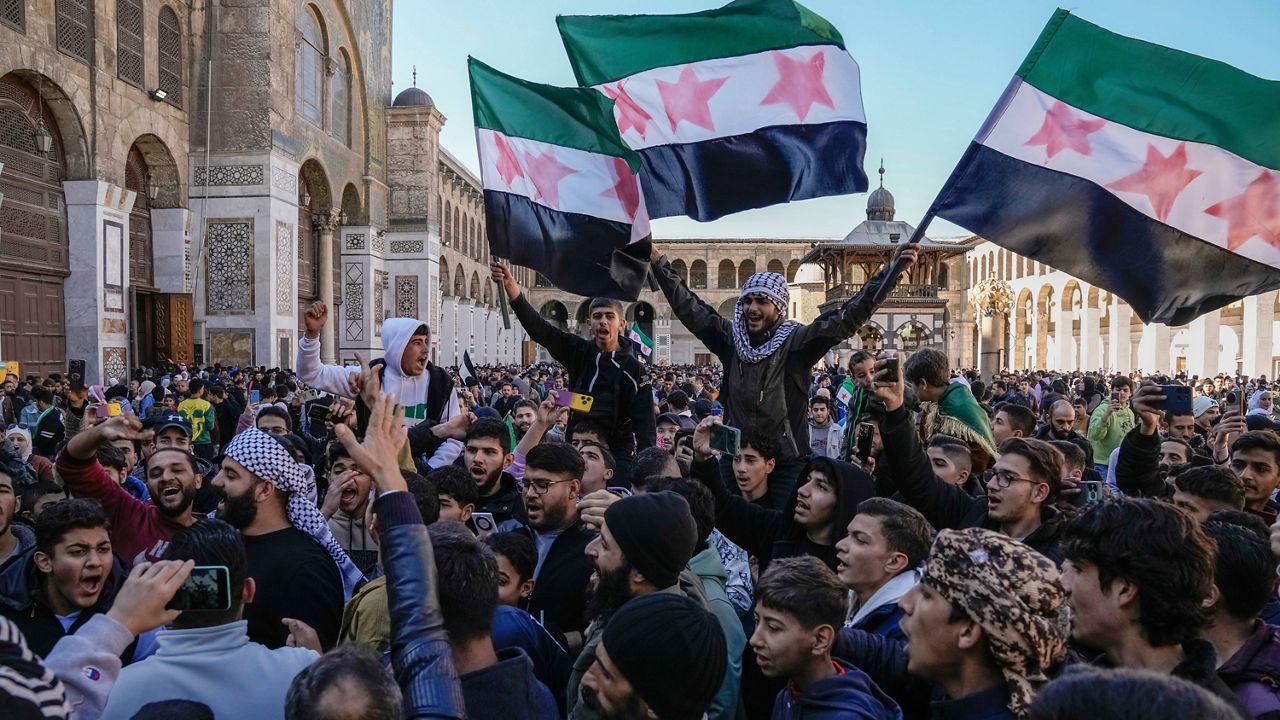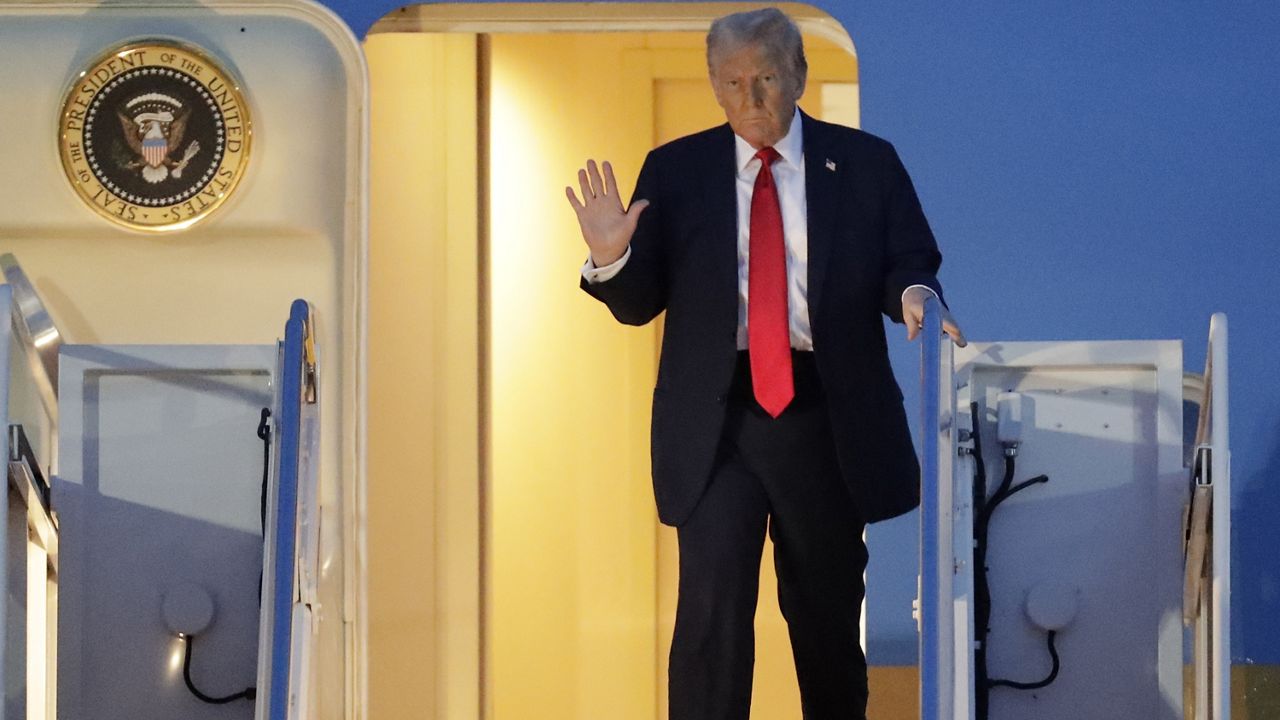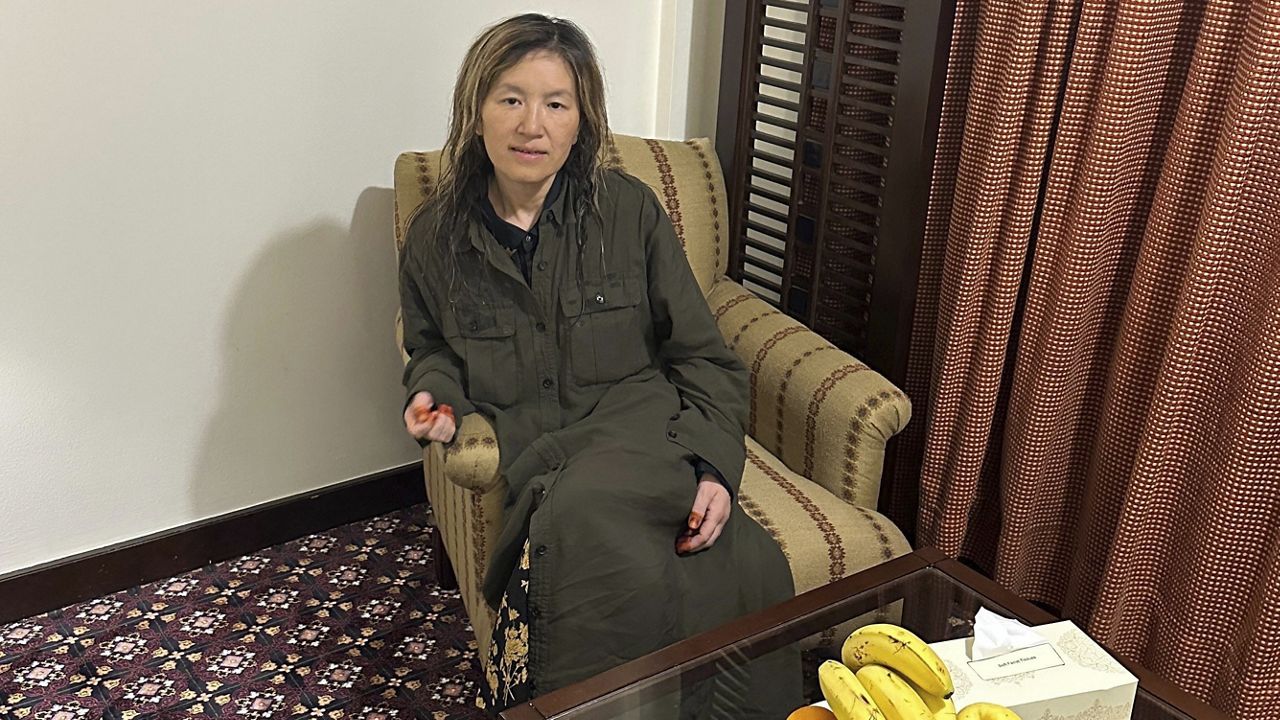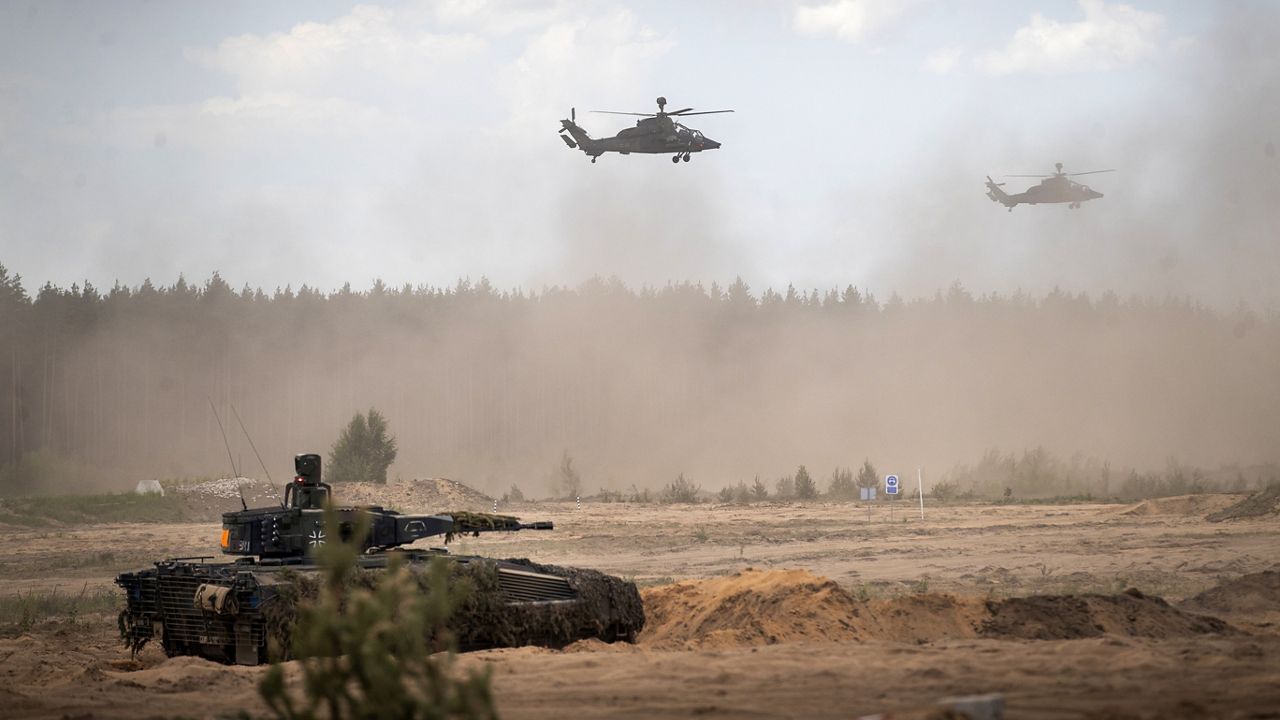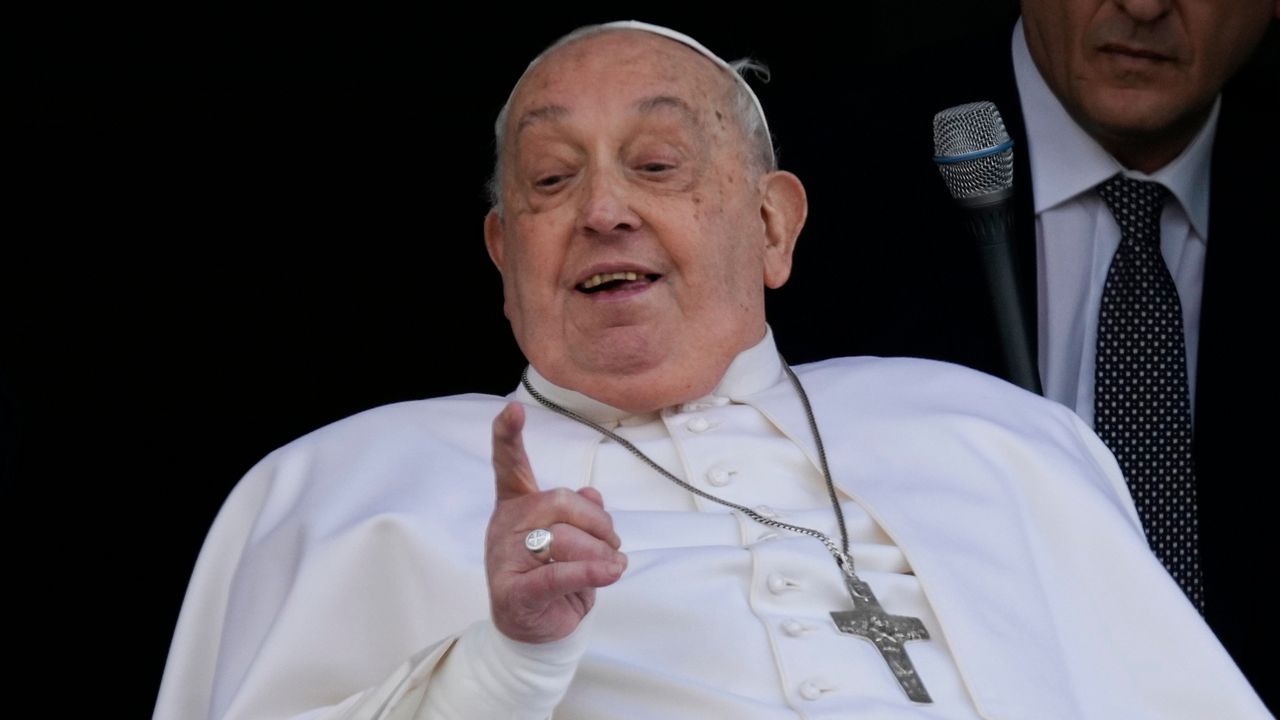WASHINGTON — The United States doubled the number of its forces in Syria to fight the Islamic State group before the overthrow of President Bashar Assad’s government, the Pentagon said Thursday.
The U.S. had previously said 900 troops were in Syria, but Maj. Gen. Pat Ryder, the Pentagon press secretary, announced that 2,000 were there and had been for a while.
What You Need To Know
- The Pentagon says the United States doubled the number of forces in Syria to fight the Islamic State group before the overthrow of President Bashar Assad’s government
- The U.S. has said 900 troops were in Syria, but Maj. Gen. Pat Ryder, the Pentagon press secretary, announced on Thursday that 2,000 are there
- He said the increase in forces has been going on for months and was temporary
- Since the fall of Assad two weeks ago, President-elect Donald Trump has said he does not support U.S. forces getting more involved in Syria
The Pentagon had been asked repeatedly in recent days and weeks about the U.S. presence in Syria and never disclosed the dramatic increase. Ryder said the additional forces had been in Syria “at a minimum months — it’s been going on for awhile.”
He told reporters the increase in forces was temporary and they are there to augment the U.S. operations against the Islamic State group. He said U.S. Army conventional and special operations forces make up the bulk of the additional troops.
Rebel forces overthrew Assad two weeks ago. In the days since, Israel and Turkey have both launched military operations inside Syria's borders, including Tel Aviv's airstrikes against weapons facilities in the east that belonged to Assad's regime and Turkey's offensive in the northeast against Kurdish forces, who have partnered with the U.S. in its fight against the Islamic State.
The U.S. also has significantly stepped up airstrikes against IS targets in Syria over concern that a power vacuum would allow the militant group to reconstitute itself.
Until Thursday, the Pentagon had insisted there had been no change to the U.S. force numbers in Syria, even as questions arose as to whether the new instability there has put the U.S. mission in jeopardy.
President-elect Donald Trump tried to withdraw forces from Syria during his first term, which drove former Defense Secretary Jim Mattis to resign in protest, and as he prepares to return to the White House, Trump has said he does not support U.S. forces getting more involved in Syria.




